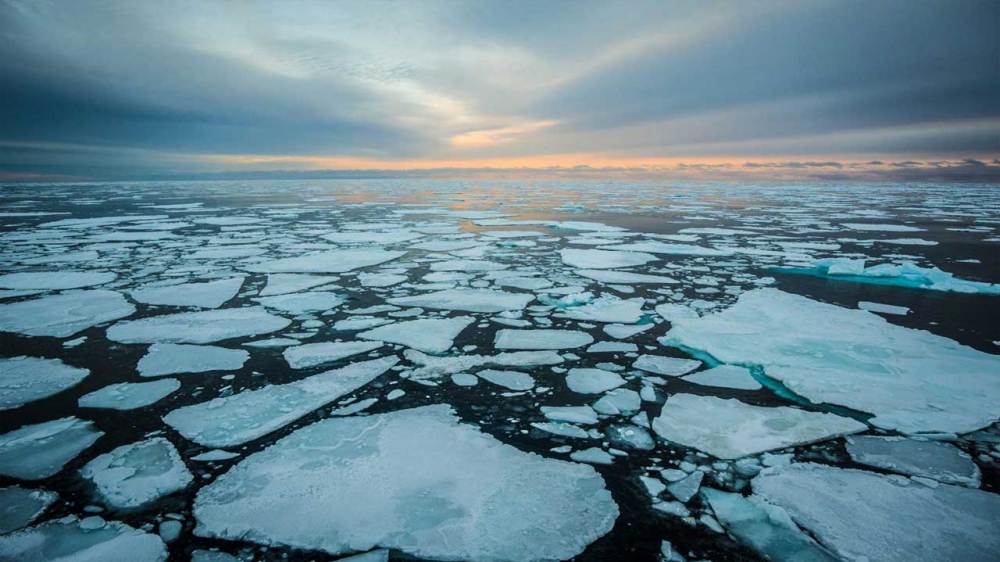
Over the past few years, the ice in the Arctic and Antarctic has been melting and its quantity is decreasing. As a result, its area is also decreasing. A study conducted by a researcher from the University of Michigan found that the reduced area due to melting of sea ice has greatly reduced its ability to keep the Earth cool and hence has affected the temperature.
Researchers at the University of Michigan studied satellite data from 1980 to 2023, analyzing sunlight reflected by sea ice as well as clouds in the atmosphere. The results of the study show that its ability to keep the Earth cool is declining much faster than sea ice. According to the study published in the journal Geophysical Research Letters, sea ice in the Arctic and Antarctic has lost about half its ability to cool the atmosphere compared to sea ice.
Researcher Alisher Duspaev says that changes in Antarctic sea ice since 2016 have caused serious damage. This has led to a 40 percent increase in temperature. Given this, if we do not consider changes in radiative forcing, we may miss out on a large part of the total global energy absorption.
The Arctic lost 27 percent of its energy
According to the researchers, the Arctic has lost about a quarter (21 to 27 percent) of its ability to cool the atmosphere since the 1980s due to melting sea ice and reduced reflection of sunlight. In addition to disappearing ice surfaces, the remaining ice also becomes less reflective. Because water stored in ice sheets is fresh, when ice sheets melt and enter the ocean it can change the salinity, temperature and density of ocean water, affecting ocean circulation. And, because the ocean is constantly evaporating and changing the temperature and humidity of the surrounding air, it is important for regulating climate.
 look news india
look news india